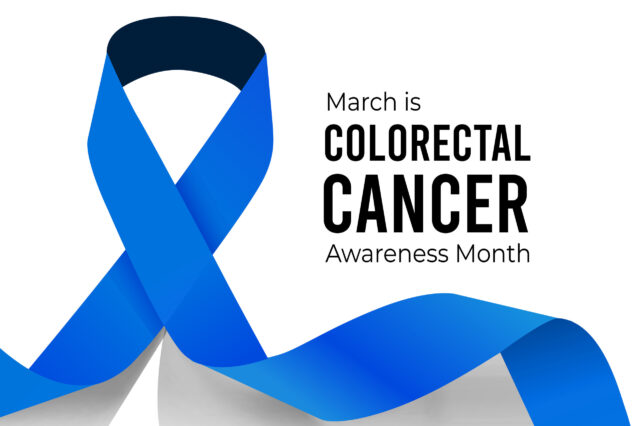Colorectal Cancer: A New Tool for Patient-Tailored Care

Colorectal cancer, which occurs in the large bowel in the digestive system, represents one of the most common cancers in Florida and across the United States. While the incidence is slowly declining because of more effective screening and outcomes are improving through better and more tailored treatments, this disease still kills far too many. In 2022, it is projected that over 150,000 patients will be diagnosed with colorectal cancer and more than 50,000 will die as a result.
Physicians and researchers have long known there are differences in the genetic makeup of colorectal cancers. Some of these genetic abnormalities include KRAS, BRAF and microsatellite or DNA mismatch repair deficiencies. Each of these genetic abnormalities has a treatment that can be tailored to a patient by performing a biopsy of the tumor and doing “next generation sequencing” on the tumor DNA.
Regardless of the treatment used — surgery, chemotherapy and/or immunotherapy — the primary tool physicians use to measure whether a treatment has worked for a patient is imaging: a CT scan, PET scan or MRI. For example, before surgery, these scans are used to be sure the patient’s cancer can be successfully removed. After surgery, physicians can confirm that the cancer isn’t anywhere else in the body. During chemotherapy or immunotherapy, imaging can be used to monitor whether the treatments are working.
One of the biggest limitations with many imaging tests is that they require a spot of cancer in the body to be “big enough” to be able to be seen. A typical CT scan can successfully identify a spot of cancer as small as a few centimeters in size, just smaller than a pencil eraser. However, a spot of cancer that size actually contains billions of cancer cells. To make screening better, the need evolved for a tool that is better capable of identifying even smaller amounts of cancer in a patient’s body.
Using techniques similar to identifying the specific DNA signature of a patient’s tumor from a biopsy, we are now able to measure — through a blood test — the actual DNA from a cancer that spills into the bloodstream. Using circulating tumor DNA or ctDNA for short, we can now detect the presence of cancer still in the patient’s body despite not being able to see it or accurately measure it on a CT, PET or MRI scan.
These tests are now becoming more available for patients with several types of cancer and are being incorporated into clinical trials to help learn how best to more accurately track a cancer’s status or better tailor treatments. Some of the most exciting clinical trials taking advantage of this technology are for patients with colorectal cancer.
Visit https://ufhealth.org/navigator to learn more about personalized medicine trials available at UF Health.
Eventually, these trials and these brave patients who partner with researchers will help to achieve the ultimate goal of bringing truly tailored treatments to all patients.